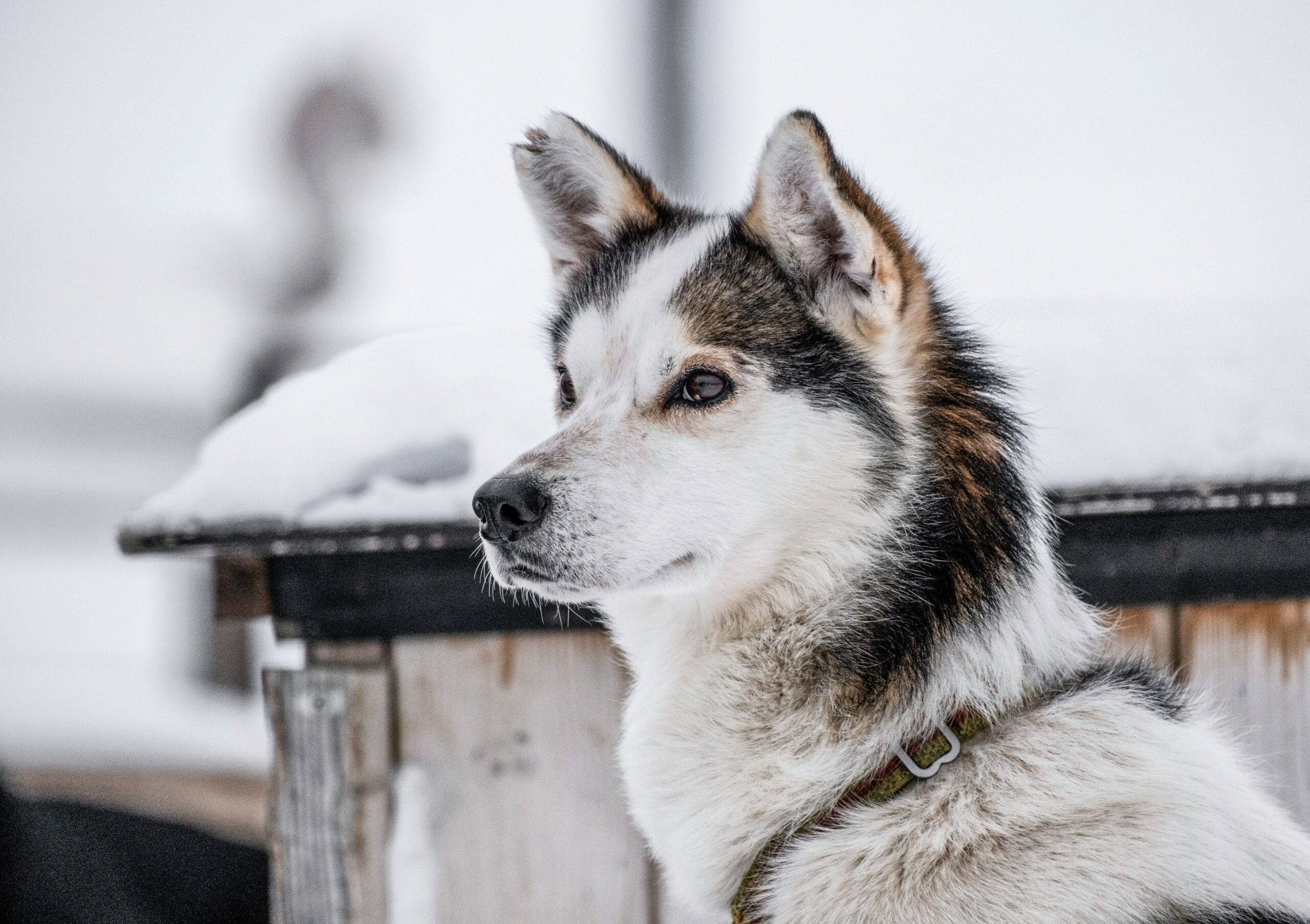Huskies are among the most beloved and visually striking dog breeds, known for their thick coats, piercing eyes, and boundless energy. While most people are familiar with the Siberian Husky, there are several other types of huskies some recognized as breeds, others as husky-like dogs with similar characteristics. This guide explores every type of husky in detail, giving you a comprehensive understanding of these remarkable canines.
1. Siberian Husky
The Siberian Husky is the most well-known and widely recognized husky breed. Originally bred by the Chukchi people of Siberia, these medium-sized, high-energy dogs were used for pulling sleds across vast frozen landscapes. They are known for their endurance, friendly disposition, and stunning coat colors.
- Size: 20–24 inches tall, 35–60 lbs
- Lifespan: 12–15 years
- Coat: Thick double coat, various colors including black, gray, red, and agouti
- Temperament: Friendly, outgoing, independent, and intelligent
- Best For: Active individuals, families, and those experienced with energetic dogs
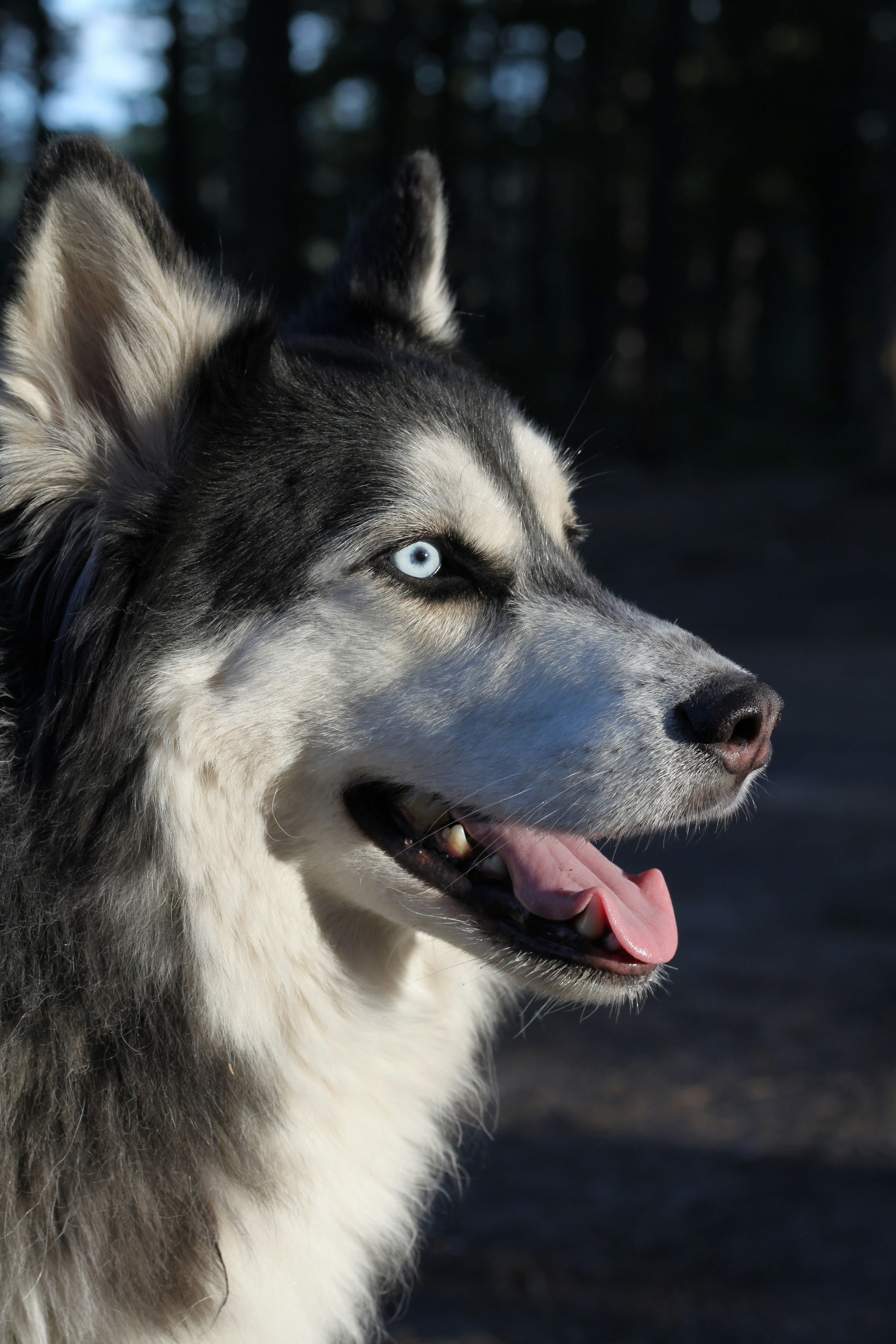
2. Alaskan Husky
Unlike the Siberian Husky, the Alaskan Husky is not a purebred but a category of sled dogs bred for working ability rather than appearance. These dogs are built for speed and endurance, often used in professional sled racing.
- Size: 20–26 inches tall, 35–75 lbs
- Lifespan: 10–15 years
- Coat: Short to medium-length coat, various colors
- Temperament: Intelligent, hard-working, social, and high-energy
- Best For: Competitive mushers, active owners, and those looking for a high-performance dog
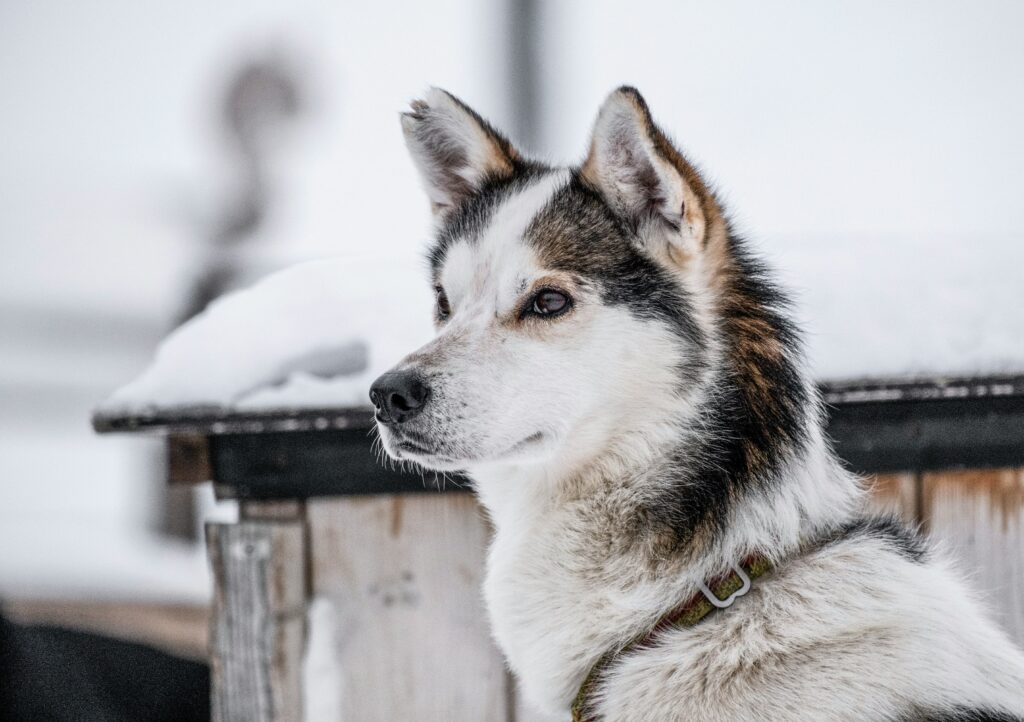
3. Alaskan Malamute
Often mistaken for a husky, the Alaskan Malamute is a larger and more powerful breed bred for heavy hauling rather than speed. These dogs are affectionate but strong-willed and require experienced handling.
- Size: 23–28 inches tall, 75–100+ lbs
- Lifespan: 10–14 years
- Coat: Dense double coat, typically black, gray, or red with white markings
- Temperament: Loyal, affectionate, strong-willed, independent
- Best For: Experienced dog owners, families with space and time for training
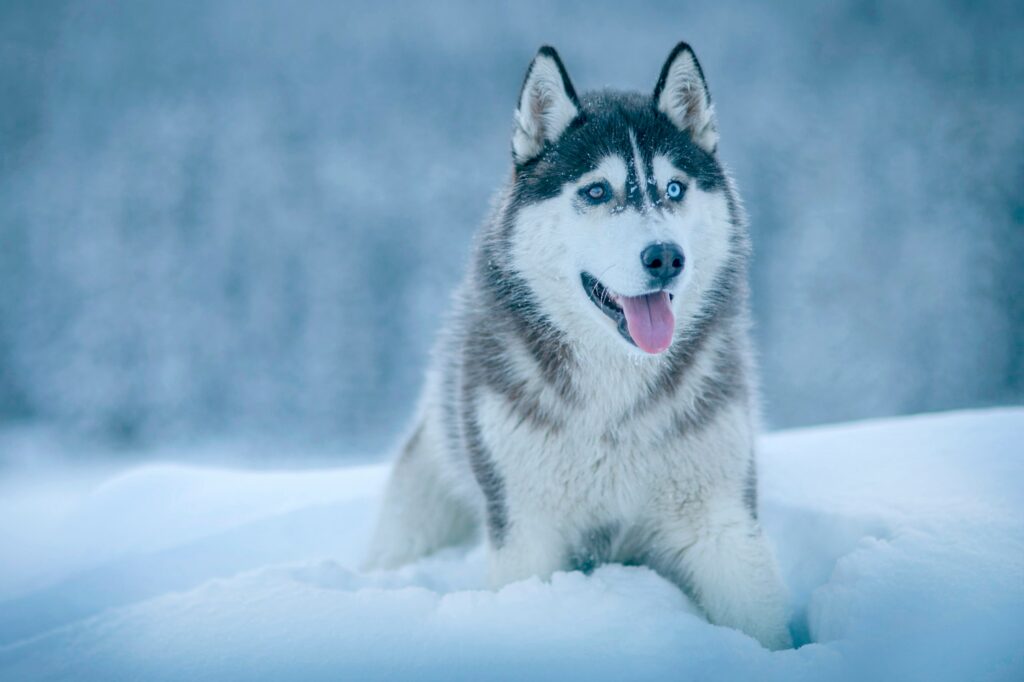
4. Samoyed
Though not a husky by name, the Samoyed shares many similarities with huskies. Originally bred by the Samoyedic people of Siberia, these fluffy white dogs were used for herding reindeer and pulling sleds.
- Size: 19–24 inches tall, 50–65 lbs
- Lifespan: 12–14 years
- Coat: Thick, fluffy white coat
- Temperament: Friendly, gentle, sociable, and intelligent
- Best For: Families, therapy work, and those in colder climates
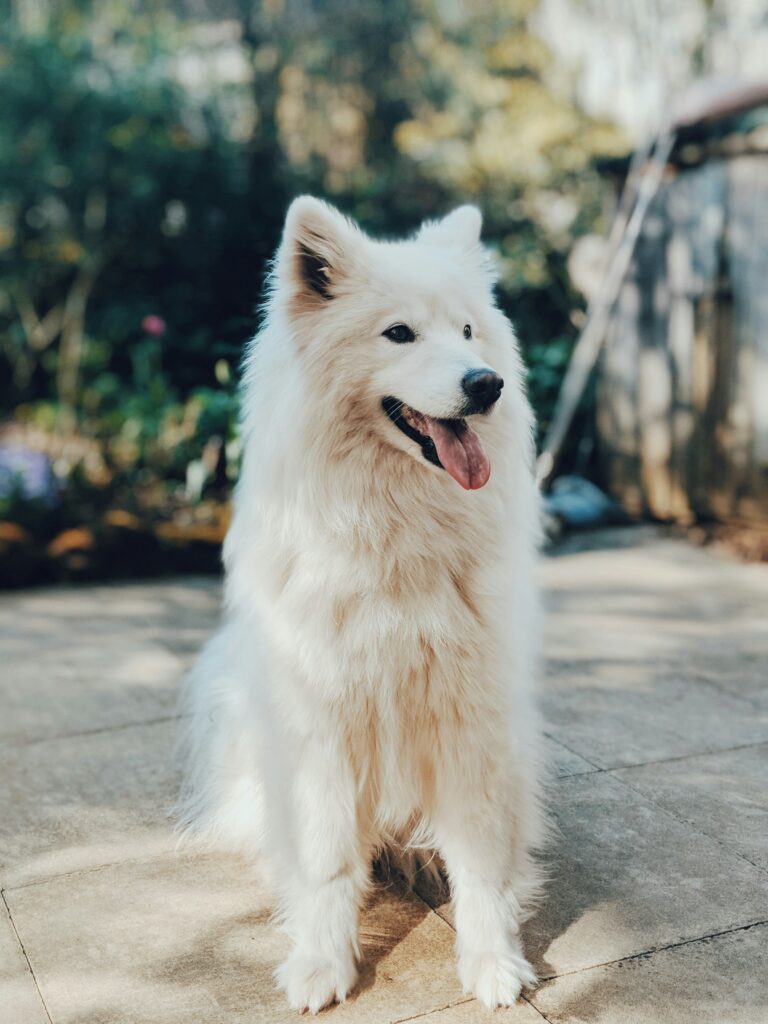
5. Mackenzie River Husky
The Mackenzie River Husky is more of a type than a breed, referring to a mix of sled dogs bred in the Yukon and Alaska. These dogs are larger and more powerful than the Siberian Husky, used for long-distance hauling.
- Size: 26–29 inches tall, 70–110 lbs
- Lifespan: 10–13 years
- Coat: Thick, dense coat, usually dark colors
- Temperament: Hardworking, independent, intelligent
- Best For: Experienced mushers, cold climates, working homes
6. Greenland Dog
The Greenland Dog is a powerful sled dog that has been used for centuries by the Inuit. They are built for endurance and are known for their resilience in extreme Arctic conditions.
- Size: 22–27 inches tall, 65–100 lbs
- Lifespan: 10–14 years
- Coat: Thick double coat, various colors
- Temperament: Strong-willed, hardworking, pack-oriented
- Best For: Cold environments, experienced dog handlers
7. Labrador Husky
Not a mix of a Labrador and a Husky, the Labrador Husky is a distinct breed from Canada’s Labrador region, developed as a sled dog.
- Size: 20–28 inches tall, 60–100 lbs
- Lifespan: 10–14 years
- Coat: Thick, dense coat, similar to a husky
- Temperament: Intelligent, independent, pack-oriented
- Best For: Working homes, active owners
8. Chinook
Originally bred in New Hampshire for sledding, the Chinook is a rare breed with husky-like characteristics but a more trainable temperament.
- Size: 21–27 inches tall, 50–90 lbs
- Lifespan: 12–15 years
- Coat: Short to medium length, tawny-colored coat
- Temperament: Gentle, intelligent, good with families
- Best For: Active families, obedience training, therapy work
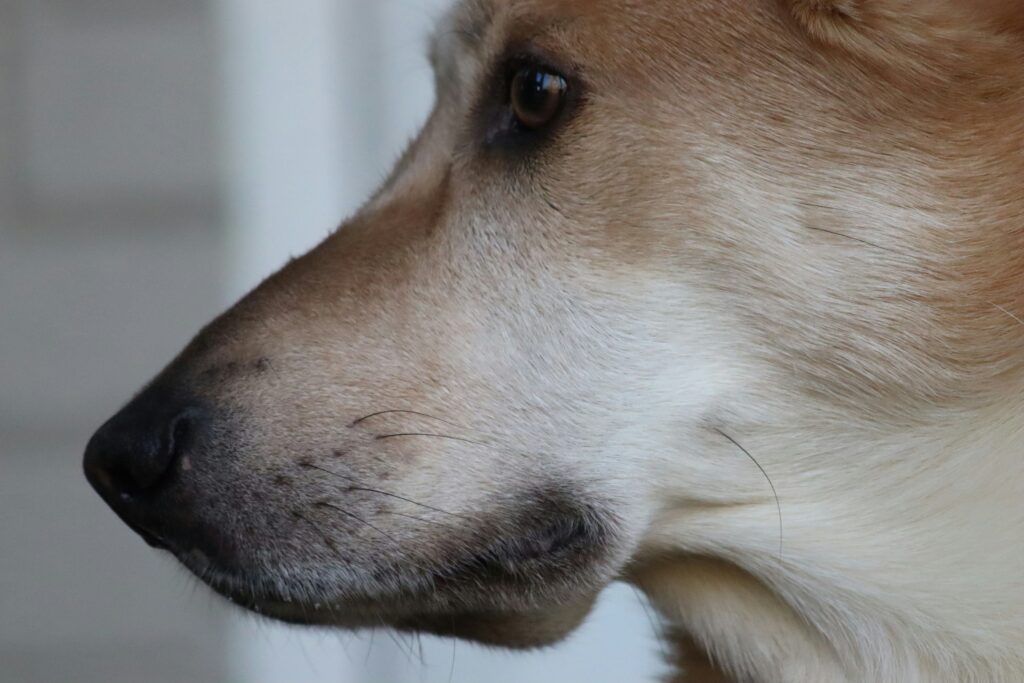
9. Utonagan & Northern Inuit Dog
Both the Utonagan and Northern Inuit Dog were bred to resemble wolves while maintaining a husky-like temperament. They are used in film and television for their striking wolf-like looks.
- Size: 23–30 inches tall, 55–110 lbs
- Lifespan: 12–15 years
- Coat: Thick double coat, wolf-gray coloration
- Temperament: Loyal, intelligent, social
- Best For: Active owners, those with training experience
10. Pomsky
A designer breed created by crossing a Pomeranian with a Siberian Husky, the Pomsky is a small, fluffy dog with a big personality. They have the looks of a husky in a more compact size, making them popular for those who love huskies but need a smaller companion.
- Size: 10–15 inches tall, 15–30 lbs
- Lifespan: 12–15 years
- Coat: Thick double coat, various colors similar to Siberian Huskies
- Temperament: Playful, affectionate, intelligent, sometimes stubborn
- Best For: Apartment dwellers, families, and those looking for a smaller husky-like dog
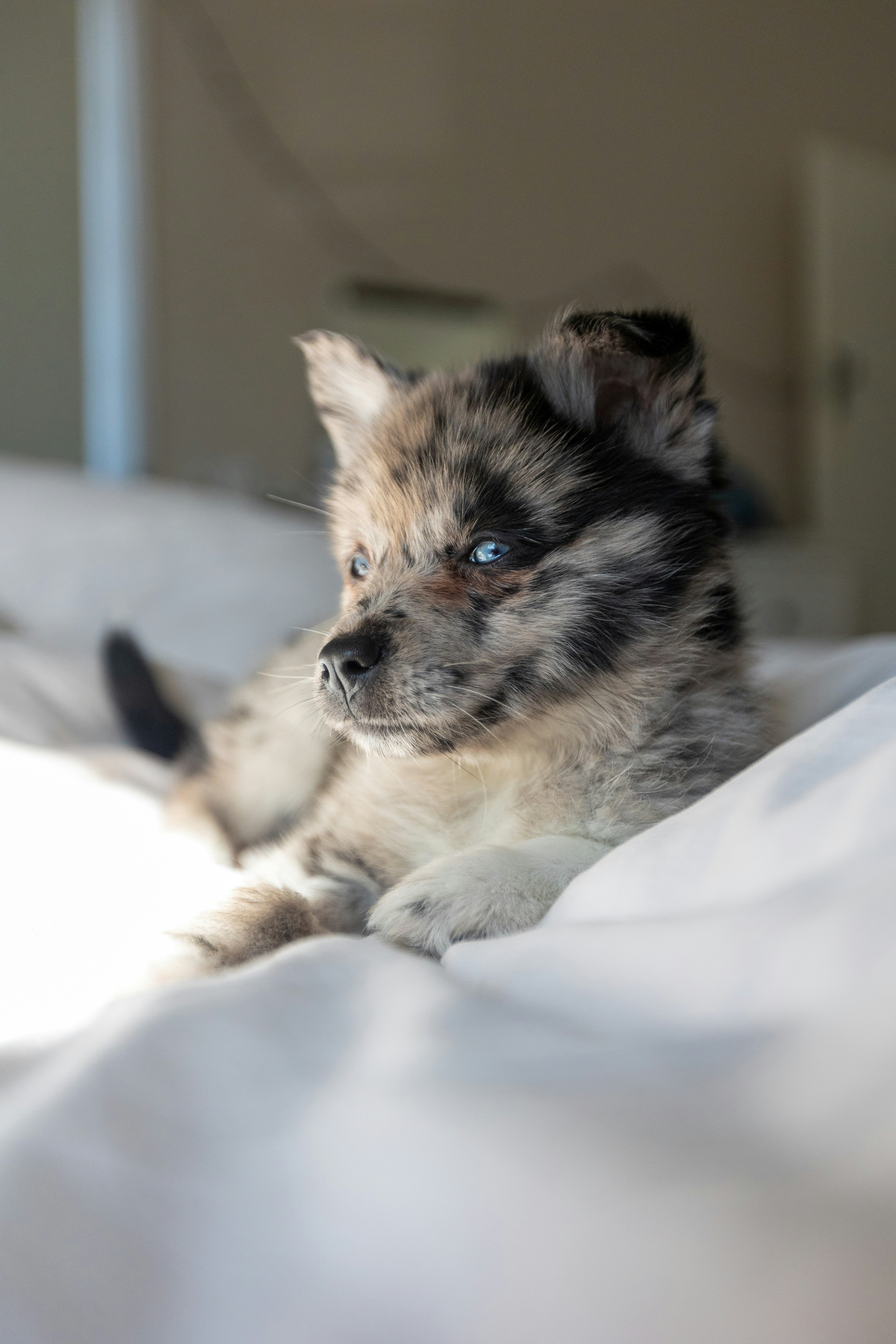
Choosing the Right Husky-Type Dog
If you’re considering adding a husky-type dog to your family, ask yourself:
- Do I have the time and energy for an active dog? Most huskies and husky-like breeds require a lot of exercise.
- Can I handle an independent dog? Many husky breeds are stubborn and need patient training.
- Do I live in a climate suited for a husky? These dogs thrive in colder weather but struggle in heat.
- Do I want a purebred or a mixed husky? Some husky mixes combine husky traits with other breeds for a unique temperament.
Huskies and husky-like breeds are incredible companions for the right owners. Whether you’re drawn to the classic Siberian Husky, the powerful Alaskan Malamute, or a rare breed like the Greenland Dog, there’s a husky-type dog for every adventure-seeker.
Do you have a husky or are you considering getting one? Share your thoughts and experiences below!

